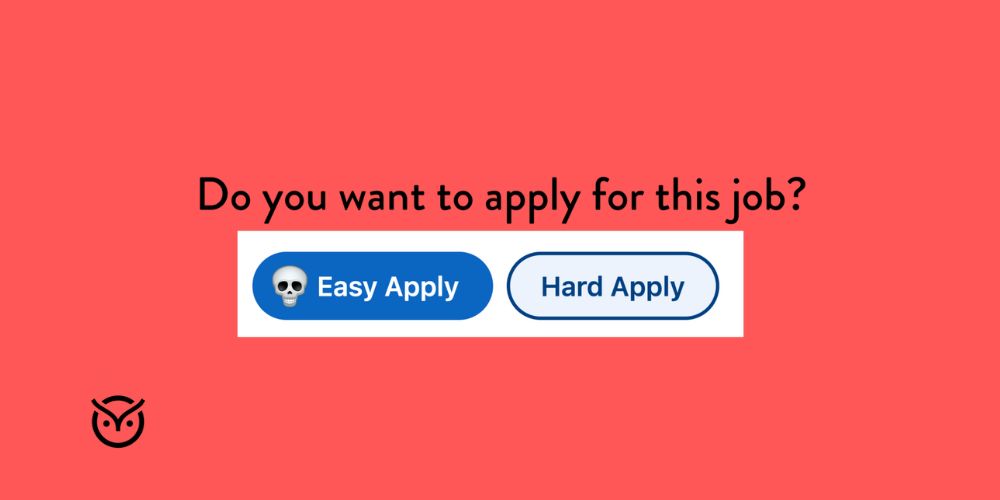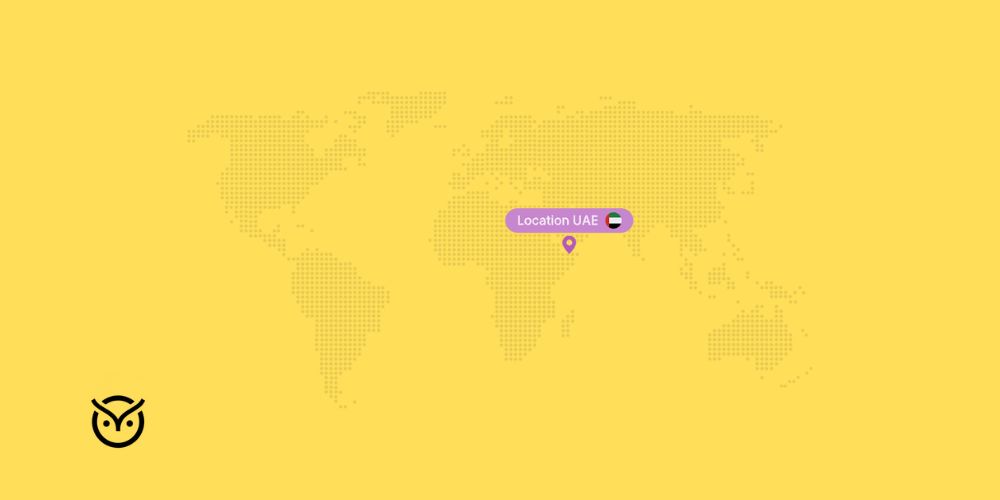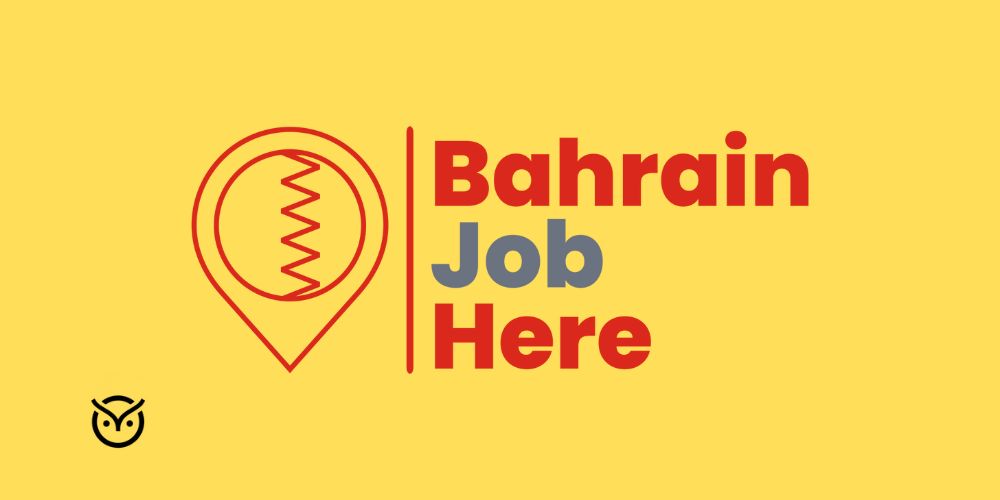
TL;DR
- How does LinkedIn Easy Apply work: one-click apply, sends your profile and resume.
- What recruiters see: filters, high volume, limited details.
- Pros: saves time, more chances, reaches passive audiences
- Cons: high competition, less personalization, risk of being overlooked
You’ve probably clicked Easy Apply on LinkedIn dozens of times thinking that “one click = straight to interview.” But many job seekers feel let down. You see the job, hit “Easy Apply,” then… silence. Frustration sets in. You wonder how does LinkedIn Easy Apply work vs. recruiter reality and why your effort feels invisible.
Here’s what you will learn in this blog: exactly how does Easy Apply work on LinkedIn for candidates, what recruiters actually see, whether LinkedIn Easy Apply is worth it or maybe hurting your chances, and practical tips (including how Vettio can help) to make Easy Apply LinkedIn how does it work turn into real job leads.
How LinkedIn Easy Apply Works for Job Seekers

When you wonder what is Easy Apply on LinkedIn and explore it, here’s what typically happens:
- You click a job listing marked “Easy Apply.” LinkedIn lets you send your profile + uploaded resume without filling out long forms.
- You may be asked a few screening questions (e.g., “Are you legally allowed to work here?”, “Years of experience”).
- Your profile data (headline, summary, skills, job history) is shared with the employer or recruiter.
- Sometimes you can remove a resume from LinkedIn Easy Apply if you uploaded the wrong document before or want to replace it.
Here are some specifics you might not know:
- For roles labeled Easy Apply US, the process is similar. Fewer steps, minimal form fields.
- You can track the jobs you applied for on LinkedIn, check status, and sometimes withdraw applications.
- In many cases, applications go into Applicant Tracking Systems (ATS) or pools recruiters sort through later.
Easy Apply Myth or Fact?
Myth or Fact
Easy Apply always sends a cover letter
Answer
Myth. It rarely does unless the recruiter asks for it
Myth or Fact
You can withdraw and reapply on LinkedIn
Answer
Fact. Withdraw then send a fresh resume with updates
What Recruiters Actually See on Their End

Here is the reality recruiters deal with when you hit easy apply on LinkedIn:
- A lot of applicants. Recruiters often get dozens or hundreds per job. As of 2025, LinkedIn saw over 45% growth in applications year-over-year, with many submitted via quick apply tools.
- Basic applicant profile + resume. They see what you share (experience, skills, job titles). Sometimes, they only see minimal info if the resume/CV is weak or incomplete.
- Filters & screening tools. Recruiters use ATS, keyword matching, screening questions, and then manual review for a few.
- Sorting by relevance. If your profile matches keywords in a job post, if you updated your resume, have endorsements, etc., you’re more likely to be noticed.
- Many “Easy Apply” applications are from passive or active candidates, but the ones that don’t tailor anything tend to get ignored.
What Recruiters Actually See on Their End
The Pros and Cons of LinkedIn Easy Apply

Here are what job seekers gain and lose when using LinkedIn Easy Apply (and related secondary phrases).
The Pros and Cons of LinkedIn Easy Apply
| Pros | Cons |
|---|---|
| You save time. One click, minimal custom effort. Good when applying fast. | Overwhelming competition. So many people use Easy Apply that standing out is harder. |
| More reach. Employers see candidates who might not know the company or didn’t find the job elsewhere. Good for passive job seekers too. | Less personalization. Recruiters sometimes skip because the application seems generic. |
| Simpler process. No need to fill long company-portal forms or re-upload details. | You might miss extra info you’d otherwise include, like a cover letter or tailored responses. |
| Good for applying to many roles (volume). | Your application might stay at the bottom if it lacks strong matching keywords or polish. |
| Can be effective, especially for roles with standard requirements. | Risk: LinkedIn Easy Apply not working might mean your resume file got rejected or a recruiter ignored it because minimal info wasn’t enough. |
Why Recruiter Reality Doesn’t Match Candidate Expectations

Most candidates think Easy Apply means their resume lands neatly on a recruiter’s desk. The truth is different. Here’s why recruiter reality doesn’t match candidate expectations:
- Volume overload: A recruiter can receive hundreds of Easy Apply applications for a single posting. Research shows that over 250 applications are sent on average for each corporate job, yet only 4–6 people get interviewed.
- Limited visibility: If you didn’t customize your resume or profile, recruiters often see generic details. Many candidates expect recruiters to read every word, but filters cut them out before human eyes ever see them.
- Mismatch of effort: Candidates invest little time with Easy Appl,y but recruiters spend hours shortlisting. That gap creates frustration on both sides.
- Expectations vs outcomes: Job seekers expect quick callbacks. Recruiters, however, may be juggling dozens of roles and rely heavily on ATS keyword filtering to manage volume.
Why Recruiter Reality Doesn’t Match Candidate Expectations
Recruiter Reality
- High volume and filters first
- Only strong matches get a look
- Tailored resume beats generic
How to Use LinkedIn Easy Apply the Right Way (Tips for Candidates)

If you want to make Easy Apply on LinkedIn effective, here’s how to use it smartly:
Polish your LinkedIn profile
Keep your headline, skills, and job titles in line with the role you want. Recruiters often search by keywords, so exact matches help you get noticed.
Update your resume
Don’t just upload once and forget. Replace old files. Knowing how to withdraw an application on LinkedIn and reapply with updated info can help.
Customize for important roles
Skip Easy Apply and apply directly for critical jobs. Wondering if it’s better to apply through LinkedIn or directly? Direct applications often allow tailored cover letters and extra detail recruiters appreciate.
Check your applications
Learn how to view jobs you applied for on LinkedIn so you can follow up strategically. This also lets you confirm whether your application went through or got stuck in “LinkedIn Easy Apply not working” glitches.
Follow up with a message
It’s fine to message the recruiter once you’ve applied. Keep it short and relevant—mention why you’re a good fit and leave it at that. A polite follow-up can make your application stand out without coming across as pushy.
Know when to skip Easy Apply
For high-level or niche roles (like government jobs in the UAE or leadership positions), Easy Apply might look too generic. A direct, personalized application works better.
Use modern hiring tools
Platforms like Vettio go beyond one-click applies. Vettio uses AI to vet candidates, rank them fairly, and ensure your application doesn’t get buried. That’s a huge edge when recruiters are drowning in volume.
Closing Thoughts: Making Easy Apply Work for You
So, is LinkedIn Easy Apply worth it? Yes, if you use it smartly. It’s great for speed and volume, but not always the best for standing out. The reality is that recruiters rely on filters, automation, and quick scanning. The gap between what candidates think happens and what actually happens is wide.
The solution: tailor where it counts, keep your resume updated, and use smarter platforms like Vettio to stand above the noise. Whether you’re applying for Jeddah jobs or breaking into global tech, one click alone won’t win the game. A strategic approach will.
FAQs
Recruiters don’t mind Easy Apply but direct applications often give them more context. If you want to stand out, a tailored application is better.
Not necessarily. But if your profile is weak or generic, you might get overlooked compared to those who apply directly with tailored resumes.
They use ATS systems and keyword filters. Applications missing required keywords or skills may never reach a recruiter’s eyes.
Yes. A short, polite message to the recruiter or hiring manager can boost your visibility.




